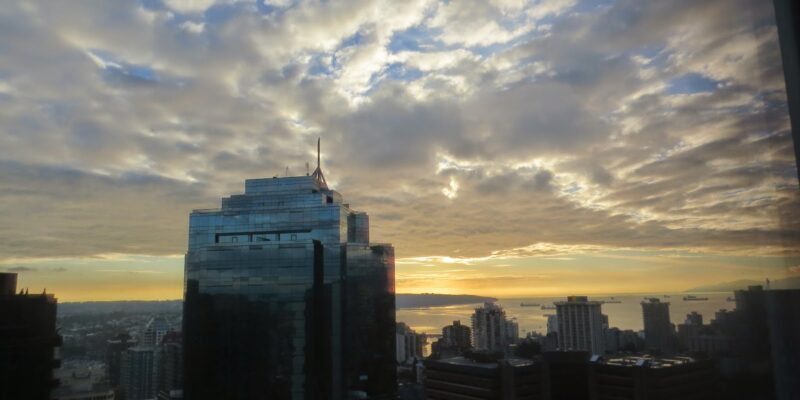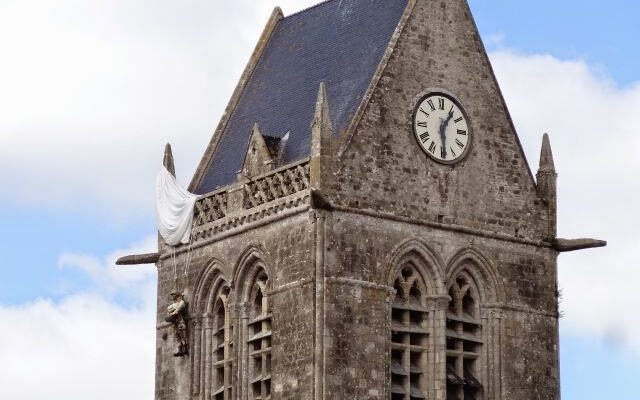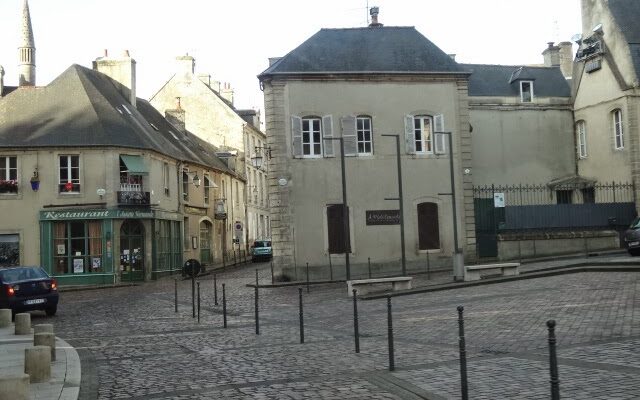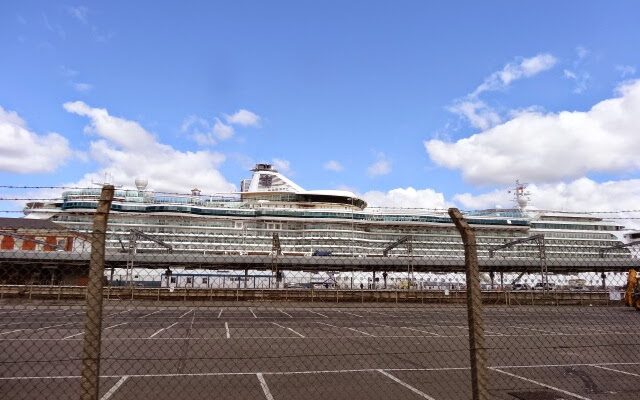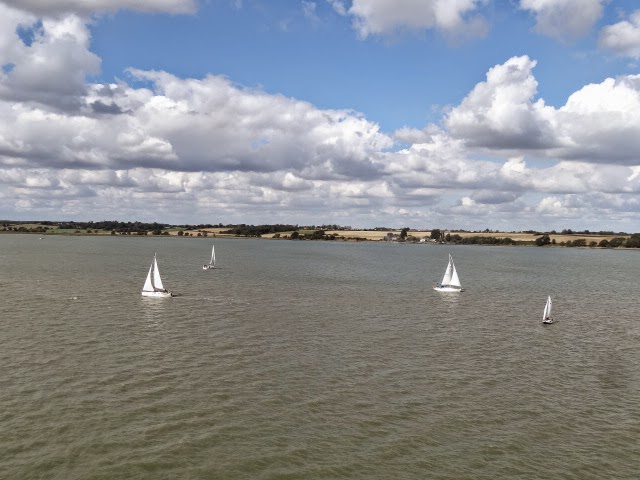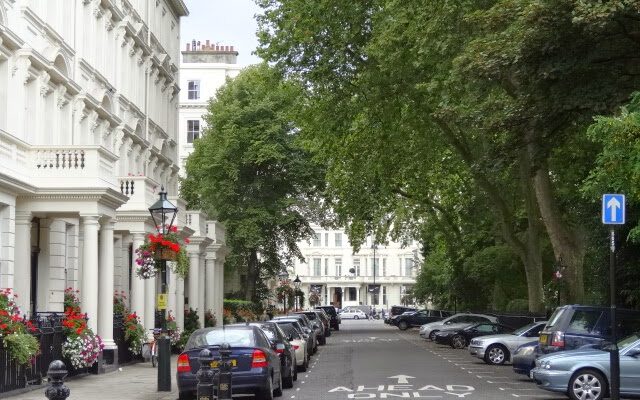
Numerous media accounts have provided information about events occurring on various flights by many airlines. We ask, “What’s going on?”
Is all this news due to increased reporting of any situation that can be sensationalized, or are the airlines being less diligent in ensuring safe flights for travelers? Are careless inspections being performed by disgruntled employees, or are checks and balances ignored in certain situations?
We don’t know the answers to these questions, but we don’t perceive flying as safe as it may have been a few years ago. The average flyer can do nothing to eliminate such concerns as they continue to flood the press. Today’s story is a perfect example of such an event. Why was this allowed to happen?
“FAA investigating after Delta passengers report bleeding ears and noses (from this site)
SALT LAKE CITY —
The Federal Aviation Administration is investigating after a Delta Air Lines flight leaving Salt Lake City last weekend developed cabin pressure issues and left some passengers with bleeding eardrums, headaches, and bloody noses.
The flight was traveling Sunday from Salt Lake City to Portland, Oregon, when the five-year-old Boeing 737-900ER aircraft’s pilots noticed a pressurization problem and made an emergency landing back in Utah’s capital, according to the flight log.
Passengers told KSL they noticed people bleeding as the plane decreased in elevation over the Great Salt Lake. Passenger Caryn Allen said the pilots announced they were returning to the airport but did not explain why. Oxygen masks did not deploy.
Allen described watching her husband cover his ears in pain while other passengers tried to help a man on the other side of the aisle who had an uncontrollable bloody nose.
Another passenger, Jaci Purser, told KSL it felt like someone was stabbing her inner ear.
“I grabbed my ear, and I pulled my hand back, and there was blood on it,” she said.
Paramedics met passengers at the gate and identified at least ten people out of the 140 on the flight who required medical attention. They recommended that anyone who was bleeding go to the hospital for further evaluation, and Delta offered to cover those transportation costs, the airline said.
“We sincerely apologize to our customers for their experience on flight 1203 on Sept. 15,” Delta said in a statement. “The flight crew followed procedures to return to SLC where our teams on the ground supported our customers with their immediate needs.”
Delta said the plane was taken out of service Sunday and returned to service Monday after technicians resolved an issue that prevented it from pressurizing above 10,000 feet.
The Boeing aircraft involved in Sunday’s emergency landing is not part of the manufacturer’s newer MAX fleet, which was investigated this year after a door plug blew off during a Jan. 5 Alaska Airlines flight while the plane was at 16,000 feet over Oregon.
However, in late January, the FAA recommended more thorough inspections of other Boeing aircraft, including the 737-900ER involved in the incident over Salt Lake City, because it shares the same door plug design as the MAX jets.”
This obviously resulted from human error, which seems to have caused many such flight events. Notice the above statement in bold: “Delta offered to cover those transportation costs, the airline said.”
What about the cost of medical bills incurred for those who sought medical assistance? What about the potential loss for those who had connecting flights or other forms of awaiting transportation?
To enjoy world travel, one must fly. In a perfect world, one could cruise from location to location, as we attempted during the first year of our travels. It was often more cost-effective and certainly more enjoyable than flying. Unfortunately, it’s not always possible, although we continue to search for cruises to get us to our following preferred location.
That’s it for today, folks.
Be well.
Photo from ten years ago today, September 19, 2014:


